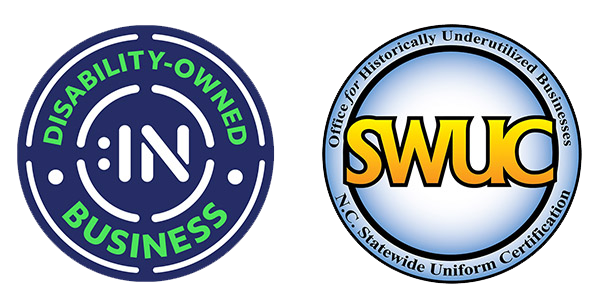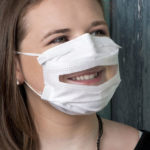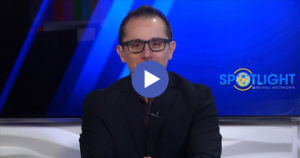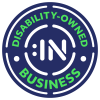Breaking Down Barriers to Communication
May 4, 2021 2021-06-03 8:52Breaking Down Barriers to Communication
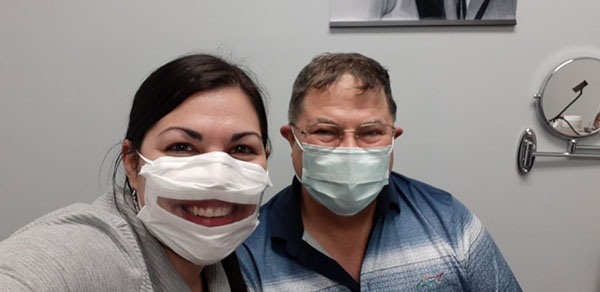
Breaking Down Barriers to Communication
Co-written by Dr. Kristen Kramer, Dr. Alex Tarvin, and Dr. Anne McIntosh
Audiologists everywhere are hearing from their patients how difficult communication is during COVID-19 as medical experts and public health officials continue to encourage mask usage. Wearing masks is so commonplace; many have resorted to fabric, reusable masks; you may have seen several “transparent” type masks that allow for visual communication, specifically lipreading and speechreading that we all do. We want to stress that, if you are wearing reusable masks, make sure you are properly sanitizing as you do not want to spread viral pathogens to others or infect yourself. Reusable masks need to be changed often; CDC recommends changing masks every two hours. Disinfecting with bleach, using GoldShield antimicrobial, or a UV light sterilizer is effective in killing pathogens that may be on reusable masks. Of course, be sure to wash your hands before and after putting on or removing masks.
The Importance of Visual Communication
A silver lining that has emerged during the COVID-19 pandemic for people with hearing loss is the increased awareness and importance of visual communication; more people are hearing about and advocating for transparent face masks. While we have long understood the importance of masks use in medical settings, Dr. Anne McIntosh states Safe’N’Clear, Inc. has noticed an increased need for transparent face masks among preschool educators and Special Education teachers. Being able to see a smile on a teacher goes a long way for students who have anxiety and struggle with communication, school work, or COVID in general as the pandemic impacts their family life. Communicator masks with clear windows are as effective against viral pathogens as a surgical mask and is ADA effective, too. Dr. Kristen Kramer states, EVERYONE needs to be wearing a mask that has a clear window…. Just as every car has an airbag (and not every airbag is deployed), every educator, medical provider, and retailer wearing mask could wear Communicator masks since everyone gleans non-verbal cues from visual communication. Communication is more than just words spoken; 93 percent of the meaning of communication comes from the non-verbal cues that we get when we look at people when they are speaking. Dr. Alexandra Tarvin makes the point that many individuals with hearing and/or auditory processing difficulties are not always aware of their challenges or if they are, they may not feel comfortable sharing this with their family and friends, let alone strangers in a public setting. When we do our best to reduce communication breakdowns for all and even allow for the warming gesture of a smile, we can change the interaction for the better, especially during this increasingly anxious time.
Advocate for Hearing Impaired
We encourage audiologists and others who advocate for those who have hearing loss to consider encouraging businesses having a checkout line- dedicated to customers with special needs; that is, have the cashier wear a clear mask. Not only would businesses be providing a valuable service to customers, but having a check-out line dedicated to special needs is a GREAT way for businesses to outwardly show support and compliance with the American with Disabilities Act (ADA) of 1990.
Dr. Kristen Kramer’s experience of changing to a fabric clear mask after patients ask for her to repeat what she has said is indicative that Communication = Spoken Words + Visual Cues.
Purchase Online
Featured Deaf Leader
Recent Articles
